Luna Moth, Moon Moth Argema mimosae
Family: Saturniidae. Subfamily: Saturniinae
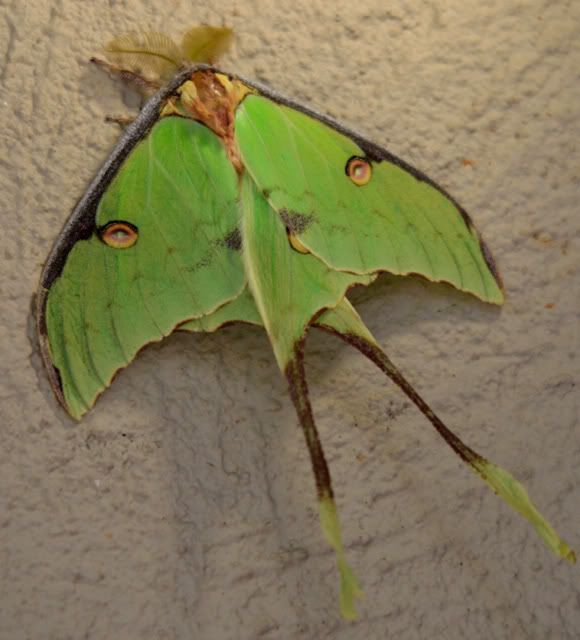
© BluTuna
Kruger National Park, Crocodile Bridge (Nov 2011)
Description
This is one of South Africa’s largest moths, with a wingspan of up to 120 mm (as wide as the palm of your hand).
Easily recognized as large green moths with long tails on hindwing.
Body yellow and brown, wings mainly plain green. Fringes of wings brown or yellowish. Hindwing with long tail. When in flying in the moonlight, the pale spatulate ends of the long tails appear as a strange flickering pulsation which makes it’s flight path disorientating for the observer.
The caterpillar is green with silvery markings.
The silver silk cocoons are easy to spot in the tops of the leafless marula trees during winter. The cocoons even have small holes in their sides that resemble parasite infestation, probably as a defence against parasitism.
Distribution
The species is distributed in Angola, DRCongo, Ethiopia, Kenya, Malawi, Mozambique, South Africa, Tanzania, Uganda, Zambia, Zimbabwe. In South Africa, it is found along the coast of KwaZulu-Natal and around the northern borders.
Habitat
Subtropical bushveld.
Biology
The life cycle of this spectacular moth starts with a mating pair. The female will lay a clutch of eggs and after a period of about 10 days these will hatch into caterpillars (larvae). The caterpillar stage lasts between 6 to 12 weeks during the winter. In the next stage the caterpillar pupates into a silvery cocoon. Out of this, the circle is complete with a moth emerging again. Lunar moths are very short-lived, laying eggs and dying in 3-5 days. The adults do not feed but the caterpillar eats vast quantities of marula, tamboti and corkwood tree leaves. There are 2 broods in the southern parts of its range.
The luna moth releases pheromones as signals to other moths In general, female moths release pheromones to attract males from a distance, while males do so only when close to a female, to sexually stimulate her.
Links:
African Moths
Hunting cannot be considered a sport as all contestants in a sport should know they are playing the game!
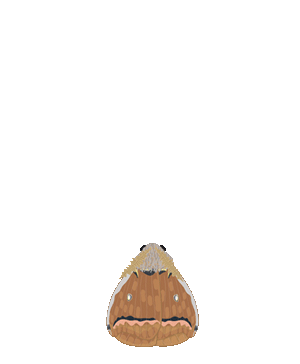



 © BluTuna
© BluTuna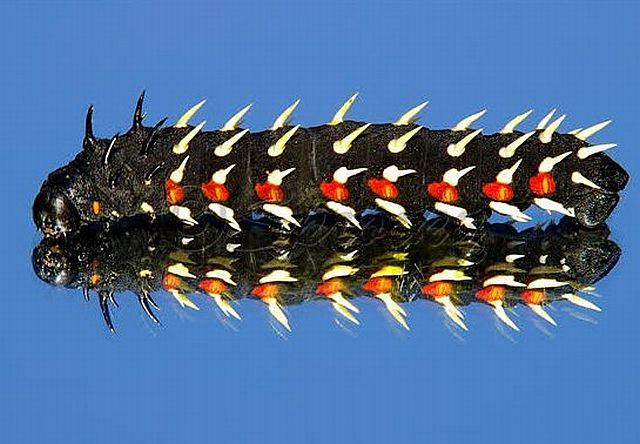 © Sprocky
© Sprocky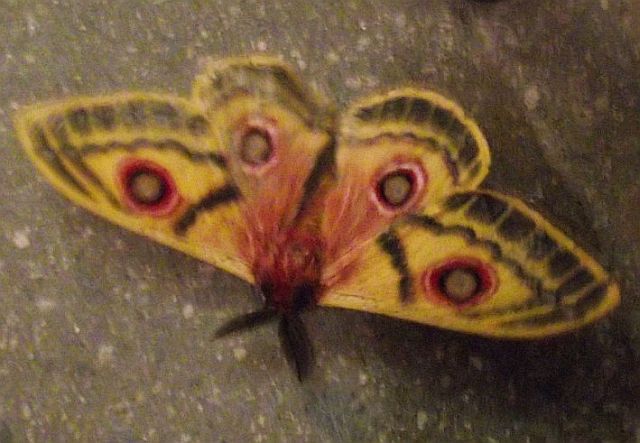 © mposthumus
© mposthumus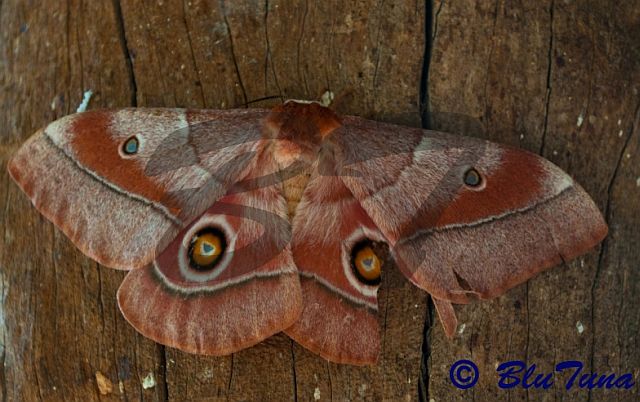 © BluTuna
© BluTuna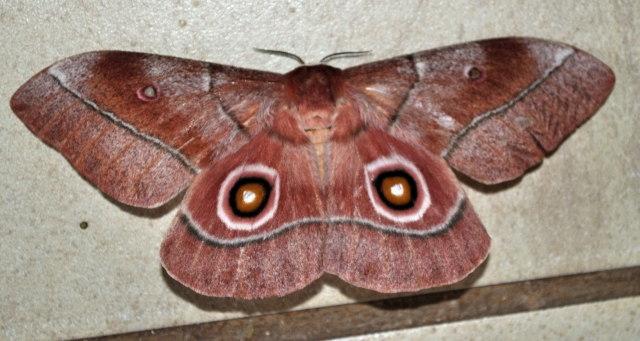 © BluTuna
© BluTuna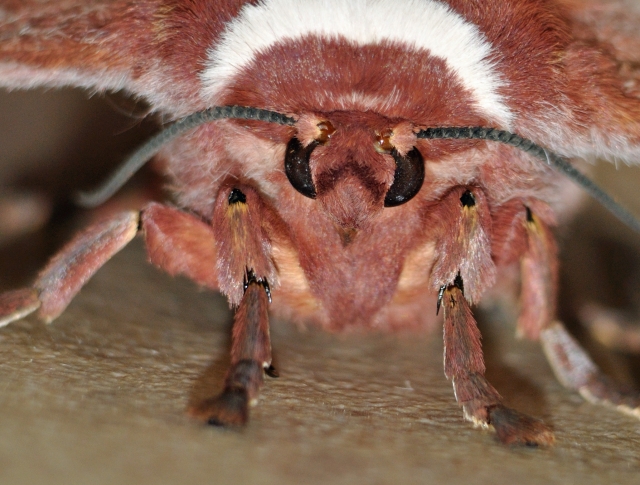 © BluTuna
© BluTuna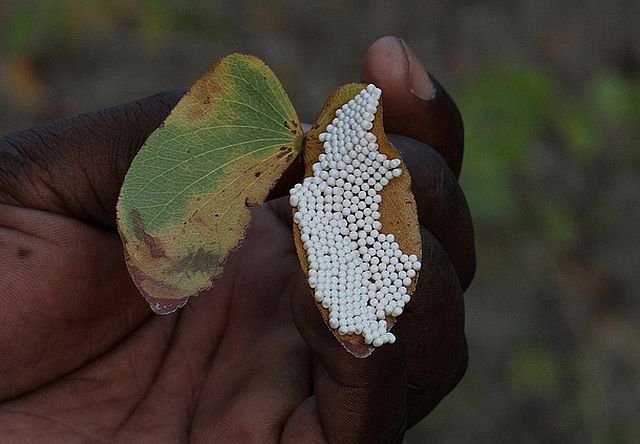 © flying cheetah
© flying cheetah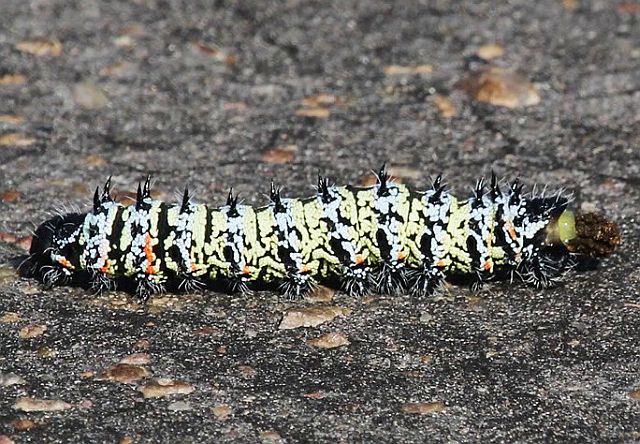 © leachy
© leachy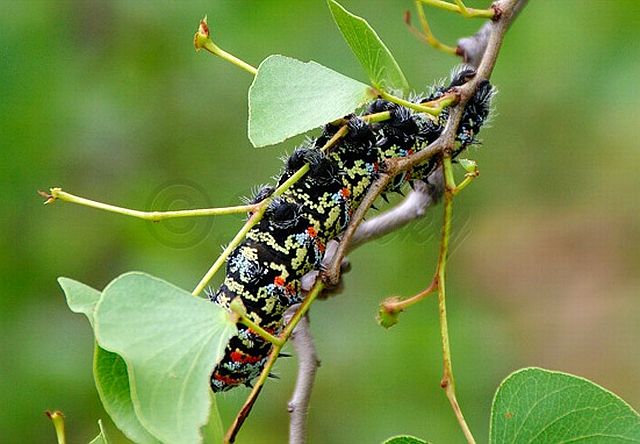 © Sprocky
© Sprocky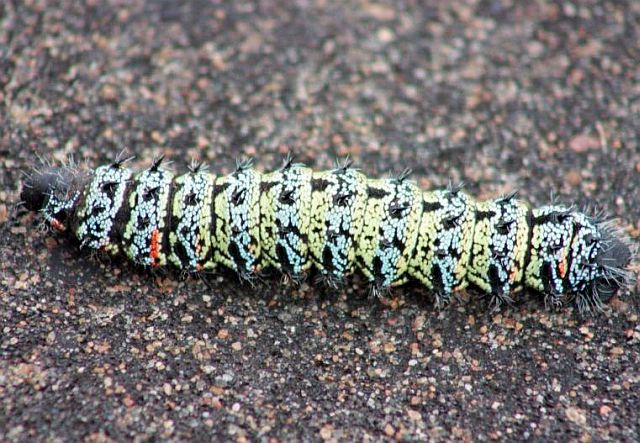 © harrys
© harrys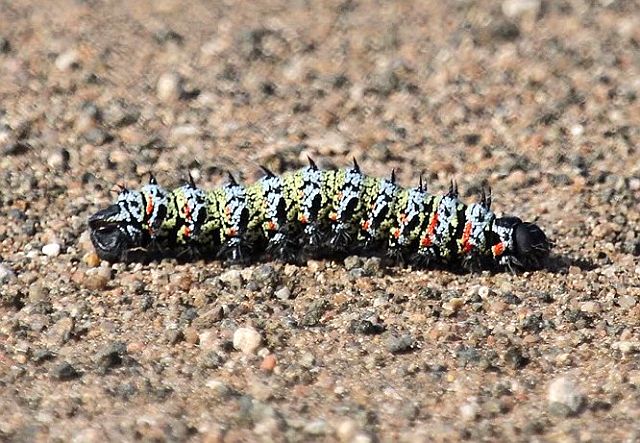 © leachy
© leachy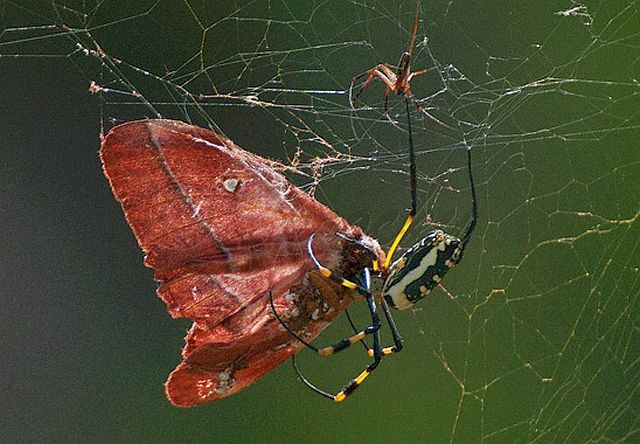 Kruger NP © Sprocky
Kruger NP © Sprocky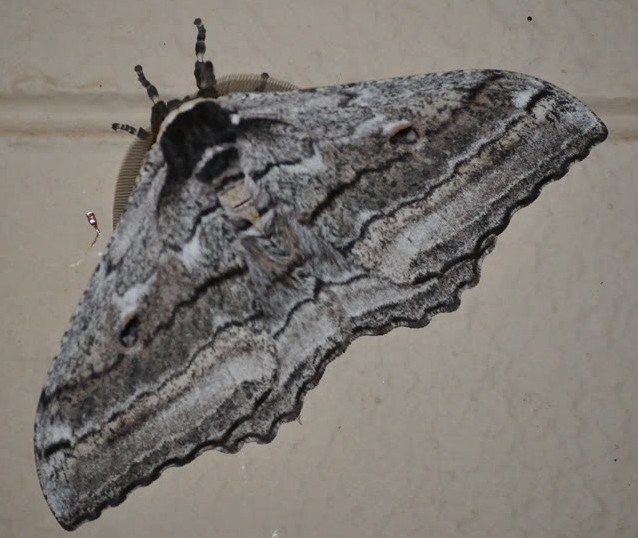 Male, Kruger National Park, Shingwedzi © BluTuna
Male, Kruger National Park, Shingwedzi © BluTuna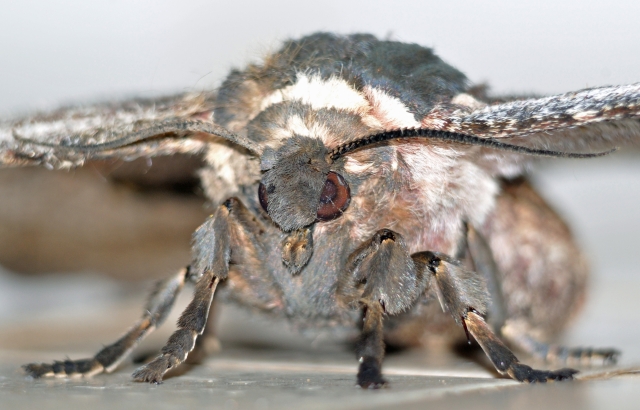 © BluTuna
© BluTuna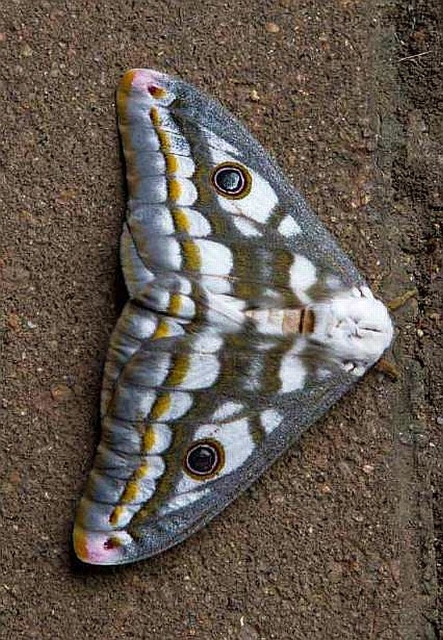 © Pumbaa
© Pumbaa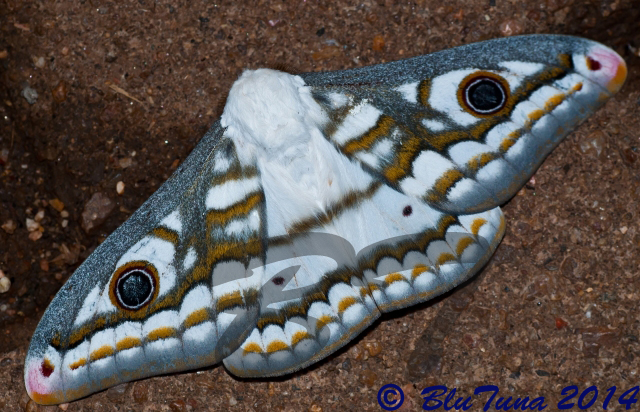 © BluTuna
© BluTuna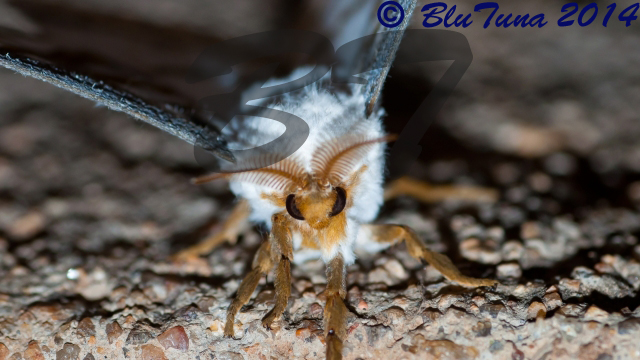 © BluTuna
© BluTuna